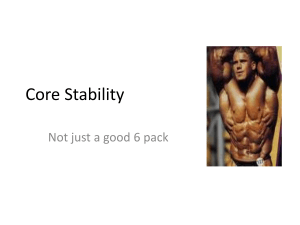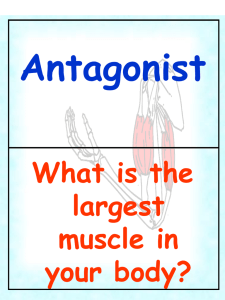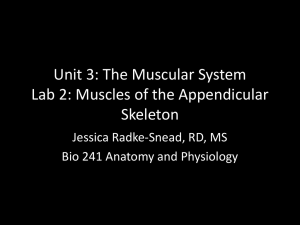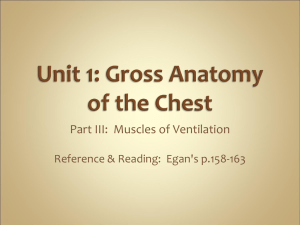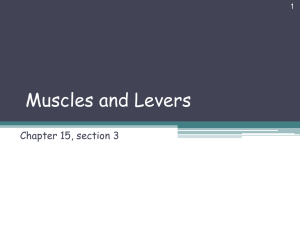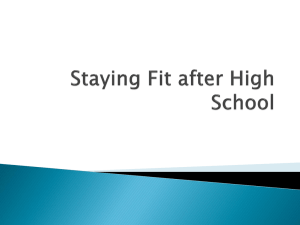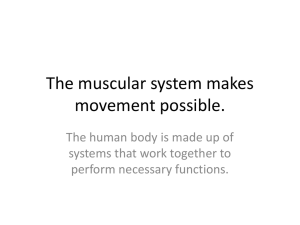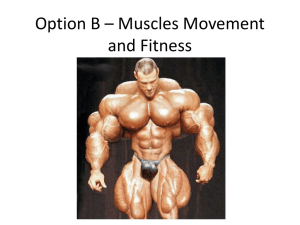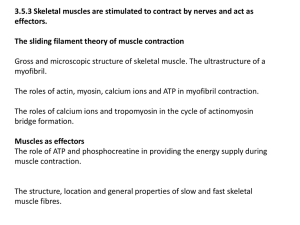How to turn your adult German Shepherd into an
advertisement
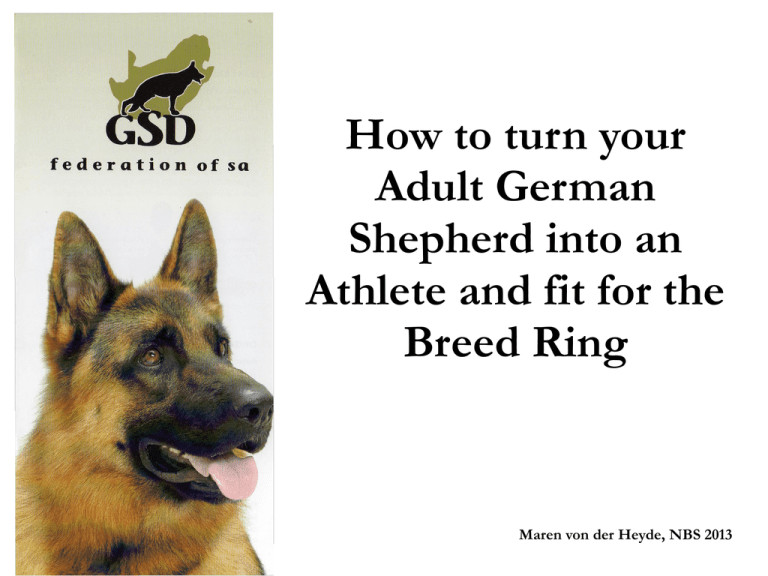
How to turn your Adult German Shepherd into an Athlete and fit for the Breed Ring Maren von der Heyde, NBS 2013 What makes a good handler? • Being passionate about the breed • Have a sound • Being physically fit and knowledge of the healthy Standard of the • Being prepared to learn German Shepherd Dog • Being prepared to train • Be competitive • Know the dog you are • Be professional handling • Know the positives and negatives of the dog you are handling • Know the details of the dog you are handling Motivational ringcraft training should become one of the disciplines which are being catered for in Clubs on a regular basis Why ? ----- if trained correctly ----● ● ● ● ● It develops an incredible bond between dog and double handler It develops focus and drive through motivation to be utilised for ringcraft It develops concentration (the show ring atmosphere is the worst distraction for any dog) It develops the mental ability to cope with stress situations It develops the physical attributes through correct exercises continued ● ● ● It challenges trainers to identify which ringcraft training method should be applied to a particular dog, i.e. reward method either ball, bite sausage, sleeve (for adult dogs), water, whistle followed by reward, food, etc. It challenges trainers to identify construction weaknesses (requires in-depth knowledge of the German Shepherd) It challenges trainers to hide these weaknesses and to present the dog to its fullest potential continued ● ● ● ● ● It requires the ability of trainers to assess the aspirations of the double handler It requires the ability of trainers to assess the physical ability of the double handler It requires the skill of trainers to motivate double handlers It requires the skill of trainers when to back off It requires the knowledge of trainers to develop a physical training programme suitable for each individual dog etc etc etc The principle of training (periodisation) ● Training should be divided into three phases: ● Conditioning ● Transitional (pre-competition) and ● Competition During the conditioning phase, the dog's strength and fitness (aerobic and anaerobic) is developed The transitional phase is concentrated on developing the athlete's skill (technique work) During the competition phase, basic conditioning is maintained, but the focus is on competition Every third or fourth week should be designated an easy week, to allow for recovery and reduce the risk of injury The physical overload principle Once the aims of training have been established, a progressive exercise programme can be instituted. To cause the body systems to adapt, they need to be challenged, or stressed. This is done by gradually increasing the intensity, duration and frequency of the selected activity. Only one variable should be changed at a time, and the athlete should be monitored throughout to ensure that the overload is not excessive. Care should also be taken when introducing any new activity that will require the use of new muscle groups. Beneficial effects of warm-up ● Increased strength ● Increased speed of muscle action ● Increased muscle flexibility ● Increased oxygen delivery to muscles ● Increased speed of nerve conduction ● Vascodilation ● Increased muscle enzyme activity ● Warm-up can be divided into general and specific phases, and should last for about 10 minutes Beneficial effects of cool-down ● Heart rate and blood pressure normalizes more rapidly ● Heat is lost more quickly ● Increased venous return to the heart ● Increased removal of lactic acid Specific strengthening of Muscle Groups Swimming Strengthens all the muscles, particularly of the limbs, and also increases cardiovascular fitness Specific strengthening of muscle groups Pulling Strengthens the extensor muscles of the limbs. These include the hamstrings, gluteal muscles, quadriceps muscles, the pectoral muscles and the triceps muscles Specific strengthening of muscle groups Uphill work Same muscles as 'pulling', but will also strengthen the flexor muscles of the limbs, including the hip flexors, brachialis, and deltoid, latissimus dorsi and cleidobrachialis, as well as the back muscles and abdominal muscles work harder Specific strengthening of muscle groups Jumping Strengthens the muscles of the hind limbs, the back, latissimus dorsi and the pectoral muscles Specific strengthening of muscle groups Carrying objects (e.g. Dumbbells) Strengthens the muscles of the neck and jaw, and if it is quite heavy also the muscles of the front limbs Ringcraft training in three sections Puppies 10 weeks – 12 months Young Dogs 12 months – 24 months Adults Over 24 months

